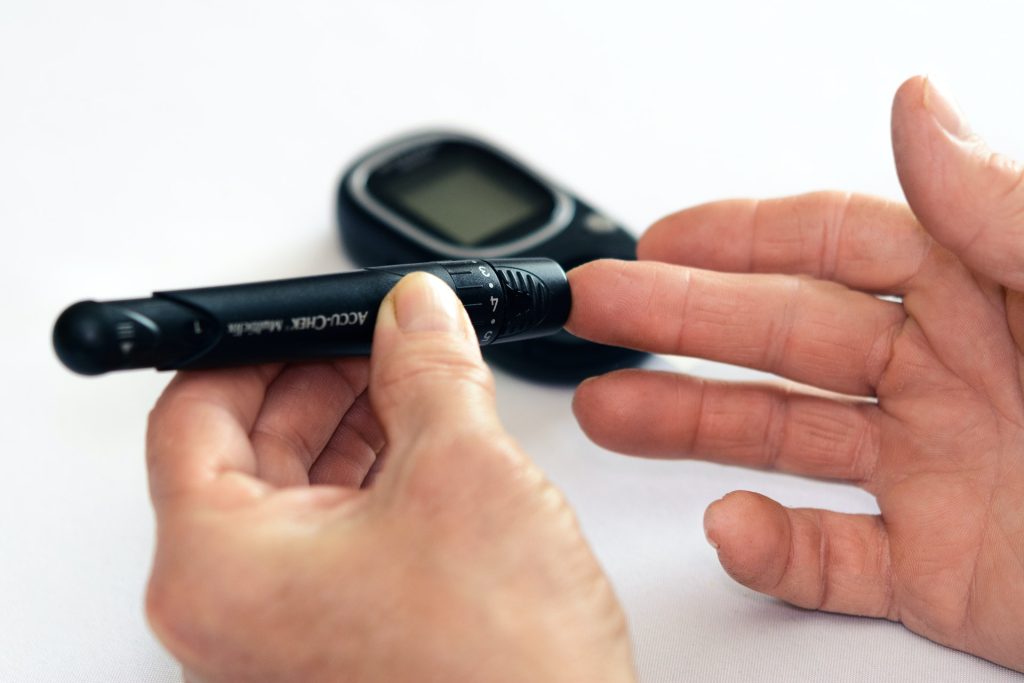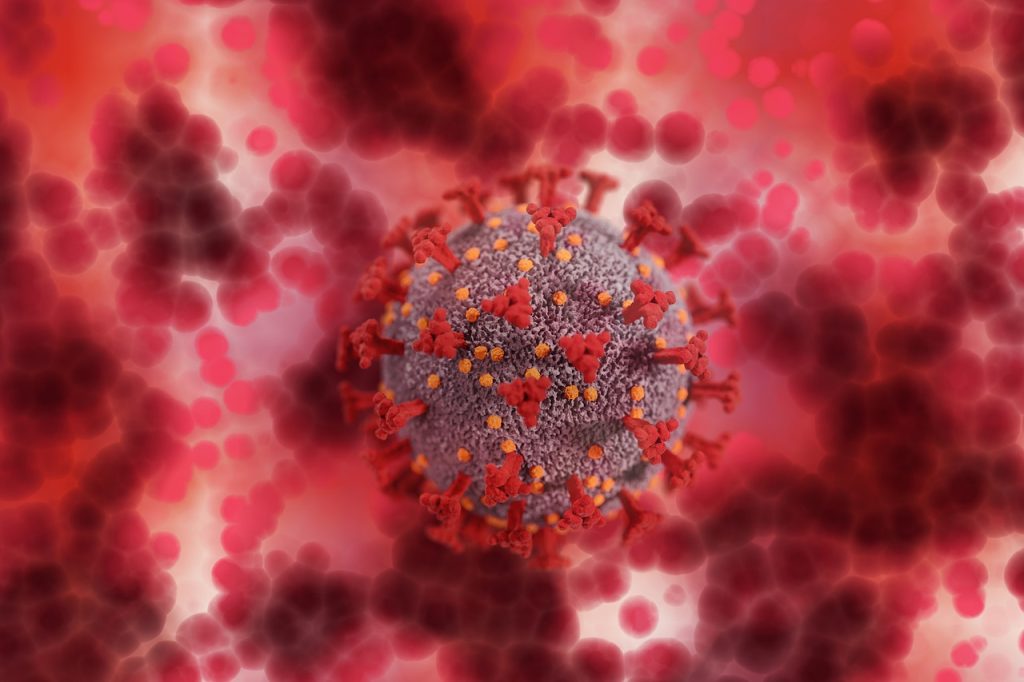Switch to Tenecteplase for Ischaemic Strokes Improves Outcomes and Lowers Costs

A newer, faster-administration clot-busting drug called tenecteplase outperforms the traditional treatment for ischaemic strokes in several key areas, including better health outcomes and lower costs, according to a new study published in the journal Stroke.
The 15-month study was led by a team of neurologists at Dell Medical School at The University of Texas at Austin.
“The Dell Med Neurology Stroke Program was one of the first in the United States to make this change,” said Steven Warach, MD, lead author of the study . “Based on even the earliest results from this study, other experts across the country were convinced and made the switch from alteplase to tenecteplase at their own stroke centres, including at Ascension hospitals nationwide.”
The vast majority of strokes of the 800 000 strokes in the US (about 87%) each year are ischaemic.
Both tenecteplase and alteplase are federally approved for use in dissolving clots in blocked heart arteries. But the newer drug tenecteplase is also being used by clinicians, off-label, to treat ischaemic strokes, because clinical trials in stroke suggest that it may be at least as good as alteplase and it is easier to administer. Tenecteplase is administered by a single five- to 10-second intravenous injection. The researchers compared its performance with the standard drug for stroke, alteplase, which is injected over 60 minutes.
“When it comes to treating patients with a stroke, every second matters,” said Warach, who is also a professor of neurology at Dell Med. “The shorter preparation and injection time with tenecteplase not only eliminates a lot of dosing errors related to alteplase, but it’s also more efficient. We were able to deliver the clot-busting medicine more quickly after patients arrived in the emergency department, and for patients who needed to be transferred to another hospital for more advanced care after receiving the clot buster, we were able to initiate the transfer sooner in those treated with tenecteplase.”
For patients who come into the emergency department after a stroke, Warach’s study found that the “door-to-needle” time (from patients’ arrival to treatment) was on average six minutes quicker with tenecteplase. And for patients who also required a thrombectomy, the surgical removal of a blood clot causing the stroke, tenecteplase slashed to the time to transferring the patient to a thrombectomy-capable stroke centre by 25 minutes.
Researchers also saw improvements in clinical outcomes for patients given tenecteplase, including:
- A 5% increase in patients who were able to walk independently at time of hospital discharge to home.
- A 4% decrease in occurrences of bad events such as brain haemorrhages, discharge to hospice care or death.
The third major improvement: cost. The research team found that tenecteplase treatment cost the hospitals about US$ 2500 less than alteplase per patient.
Source: EurekAlert!






